#late baroque
Explore tagged Tumblr posts
Text

Schloss Augustusburg, Brühl
#i went on a little architecture trip with my classmates#this was the most beautiful staircase i have ever seen#architecture history#architecture#art history#art#artwork#painting#light academia#sculpture#roccoco#german roccoco#history#late baroque#plaster#fresco
960 notes
·
View notes
Text
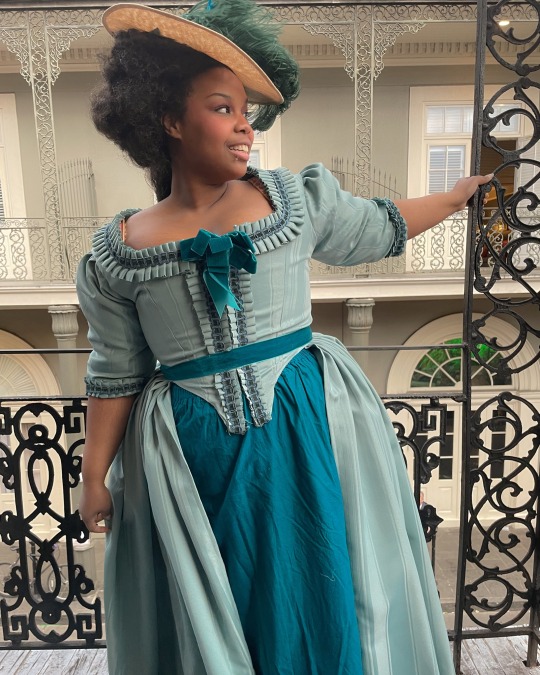
from this post
#rococo#late baroque#historical fashion#historical costuming#historical costume#1780s#18th century#18th century costume#teal aesthetic#black people in period clothing#black people in historical costume#mignonne#2023#blue
2K notes
·
View notes
Text

In the parlor of my dreams || IG
#pink aesthetic#1940s style#vintage aesthetic#rococo#baroque revival#late baroque#plus size style#princesscore#rococo aesthetic#mid century style#fairytale aesthetic#beaux arts#vintage style#marie antoinette#mignonne#2023#plus size vintage#fat style
622 notes
·
View notes
Text

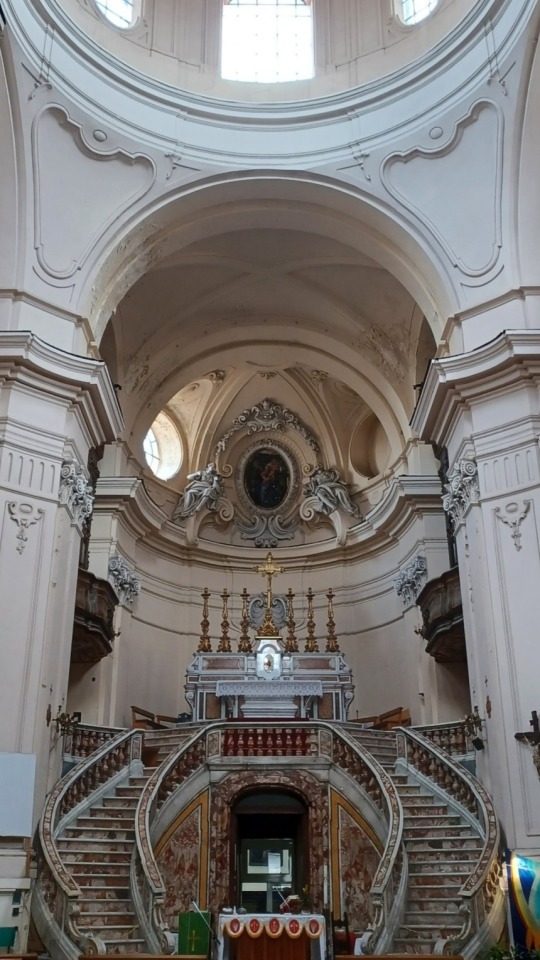
Giuseppe Astarita, Chiesa di Sant'Anna a Capuana (1751), Napoli.
#napoli#naples#art#campania#late baroque#baroque architecture#baroque#18th century#southern italy#art history
162 notes
·
View notes
Text

The Pentecost
Artist: Antonio González Velázquez (Spanish, 1723–1793)
Date: 18th century
Medium: Oil on canvas
Collection: Private collection
The Pentecost
Pentecost is significant in both the Old and New Testaments. “Pentecost” is actually the Greek name for a festival known in the Old Testament as the Feast of Weeks (Leviticus 23:15; Deuteronomy 16:9). The Greek word means “fifty” and refers to the fifty days that have elapsed since the wave offering of Passover. The Feast of Weeks celebrated the end of the grain harvest. Most interesting, however, is its use in Joel and Acts. Looking back to Joel’s prophecy (Joel 2:28–32) and forward to the promise of the Holy Spirit in Christ’s last words on earth before His ascension into heaven (Acts 1:8), Pentecost signals the beginning of the church age.
The only biblical reference to the actual events of Pentecost is Acts 2:1–3. Pentecost is reminiscent of the Last Supper; in both instances the disciples are together in a house for what proves to be an important event. At the Last Supper the disciples witness the end of the Messiah’s earthly ministry as He asks them to remember Him after His death until He returns. At Pentecost, the disciples witness the birth of the New Testament church in the coming of the Holy Spirit to indwell all believers. Thus the scene of the disciples in a room at Pentecost links the commencement of the Holy Spirit’s work in the church with the conclusion of Christ’s earthly ministry in the upper room before the crucifixion.
#painting#the pentecost#christianity#book of acts#biblical narrative#interior scene#antonio gonzalez velazques#spanish painter#spanish culture#late baroque#oil on canvas#fine art#oil painting#men#women#dove#the holy spirit#fire#wind#bible scriptures#18th century painting#european art#artwork#18th century art#holy bible
21 notes
·
View notes
Text
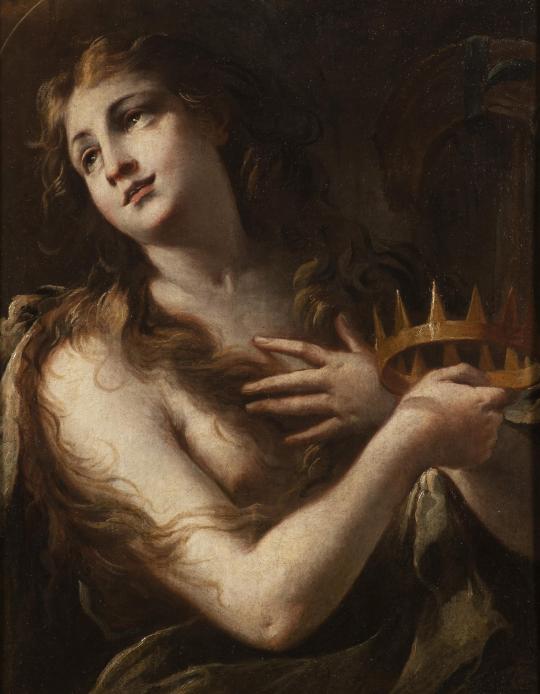
Giovanni Gioseffo dal Sole St. Catherine
Oil on canvas, 76 x 59 cm, 17th/18th century
71 notes
·
View notes
Photo
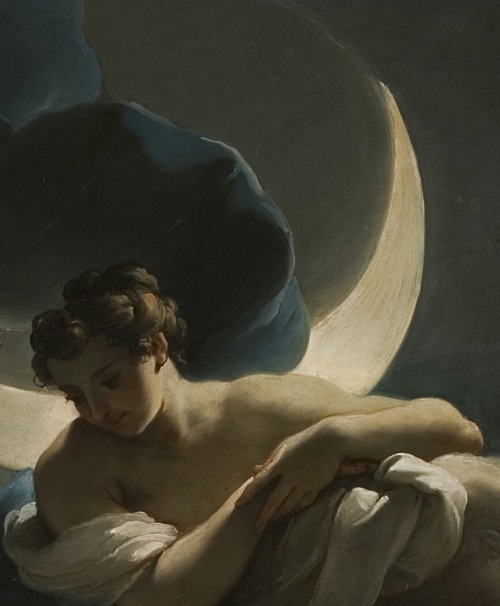

Selene and Endymion, 1770, Ubaldo Gandolfi (1728-1781)
473 notes
·
View notes
Text

The Finding of Romulus and Remus, Carlo Maratta, between 1680 and 1692
#art#art history#Carlo Maratta#mythological painting#classical mythology#Roman mythology#Romulus and Remus#Baroque#Baroque art#Italian Baroque#Late Baroque#Classicism#Italian art#17th century art#oil on canvas#Sanssouci Picture Gallery
106 notes
·
View notes
Text
youtube
Antoine Dard (1715–1784) - Cello Sonata VI
Amarilis Dueñas Castán, baroque cello
Yuko Inoue, harpsichord
6 notes
·
View notes
Text

The Veiled Christ ("Cristo Velato" ) is a sculpture completed in 1753 AD, originally (mis) attributed to Antonio Corradini and considered one of world’s most remarkable pieces of art.
In fact, the great neoclassical maestro Antonio Canova (1 November 1757 – 13 October 1822), who tried to buy the work, said he would gladly give up ten years of his life to produce such masterpiece.
Although Corradini was in fact commissioned with the job in the first place, he died having only produced a clay model for what would later be a definitive piece sculpted in marble.
It was Giuseppe Sanmartino (1720-1793), then, who ended up producing the astonishing sculpture of a dead Jesus, covered by a transparent shroud carved out of the very same marble block shared with the rest of the statue.
Sanmartino’s mastery — the veil covering the figure of Jesus being in fact “transparent” — didn��t only gain him a well-deserved place in the history of Western art but also turned his artwork into the stuff of legend.
Some stories claim Sanmartino covered his sculpture with a linen veil he managed to transform into marble by means of complex chemical-alchemical processes.
Those very same legends would also claim that Raimondo di Sangro, Prince of Sansevero (30 January 1710 – 22 March 1771), commissioner of the sculpture, was himself an alchemist who taught Sanmartino the mysteries of his pseudo-science. Of course, these are but legends.
The statue is today preserved in the Capella Sansevero in Naples, Italy.
#Veiled Christ#Cristo Velato#Antonio Corradini#Giuseppe Sanmartino#Capella Sansevero#sculpture#art#transparent veil#marble sculpture#1700s#18th century#Late Baroque#Rococo period#Rococo
42 notes
·
View notes
Text

Robe à la Française - 1770-75 (Rococo)
A staple of 18th Century (1700- 1799 C.E.) aristocratic and monarchic fashion; adapted from the Mantua (Late 17th Century) and Robe Volante. Fashionable between circa 1720 - 1780.
'Robe à la Française' were only second to court dress in formal wear, it is characterized by the impish and coquettish opulence of the Rococo/Late Baroque movement. The 'Robe à la Française' also known as a 'Sack Gown' or 'French Gown' was fitted in the front with a robe a top of the petticoat layer with a decorative stomacher going under the lace of the stays - covering the chemise; whilst the back had loose Watteau (box) pleats.
#robe a la francaise#Saque Gown#French Gown#rococo#18th century#Late Baroque#fashion history#french#1770's
10 notes
·
View notes
Note
There is no way to say it pleasantly. Your recent post about Julie... its speculation is a slap in the face of masculine women. Dressing in men's clothing is not a statement against being female, especially in times when male clothes were far more practical than women's. (And especially in the case of a bisexual or homosexual woman!) Behaving "unwomanly" is evidence only in the eyes of sexists. But even today... it is stunning to think that a woman, should her every thought not be recorded, could be deemed a secret man for being masculine! That lingering speculation, despite absence of proof, is rather insulting.
Your reading of my post is extremely dishonest or you didn't actually read the post. The whole time I talk about her as a sapphic woman, because that is what the evidence most point towards. If you think even raising the possibility that she might have been somewhere in the genderqueer or trans spectrum (like some butch lesbians identify as genderqueer and/or trans too), is an insult and means I'm sexist or some shit, there's no way to say it pleasantly, you're probably just a fucking terf.
Now I have no illusions that correcting some of the inaccurate things you said will do anything to change your mind, but because we're already here and I'm allergic to these bad fashion history takes, I'll correct them anyways. This is more for anyone else who happens to see this and actually has some level of reading comprehension.
The women's dress at the time was not necessarily any more impractical than the men's dress. The impractical part of high society women's dress was the skirt that usually had a large trail. But they would also have much more practical dresses for casual usage. High society men wore large wigs that were I would assume pretty impractical. Their clothing, which was well fitted around the torso, closed with buttons and then not very easily adjustable. On the other hand the women's dress was either loose and pinned and belted to fit (in the case of mantua) or laced (in the case of rigid gown) so very easily adjustable even during the day to keep it comfortably fitted to the changes in the body. This would be more practical for anyone, but especially to most afab people, whose bodies can change quite drastically thorough the month.



My point is actually no Julie de Maupin did not have any practical reason to dress in men's clothing. In fact it was impractical for her. As I point out in the post she struggled with the leading female roles, which she wanted to get, partly because her off-stage personality clashed so much with them. (At first) she didn't get as much recognition of performances in leading roles as in supportive roles, partly because the audiences had trouble buying her performances in those roles.
And the other point. The modern concept of fashion doesn't entirely apply to the past. Now fashion is seen as self-expression. Even being into fashion is seen as an indication of certain personality. This was not the case in the time when Julie was alive. Back then fashion was much more social decorum. To be able to participate in the high society you had to keep up with fashion. There were people who were more fashionable than others, sure but they were mostly just the richest young people around, and that made them most fashionable. Fashion was not for self-expression, it was mostly for expression of hierarchy. It was also for political expression. (There's an interesting paper on the contemporary commentary of the politics of the court fashions, which I will link here, when I'm on my desktop.) It was not about what you wanted to wear, but what you wanted others to think about you.
In addition to that at the time clothing was integral part of gender (arguably still is judging from all the conservatives loosing their minds when a man dares to wear a dress). Women in breeches and men in skirts were seen as transgressing on gender. This can be seen even in the mid 1600s conservative reaction to when women's riding habit first appeared (they never change do they?). They complained that the women were basically indistinguishable from young pretty men and like the women were even wearing skirts (seen below)? Part of this was that both the women and men were shaping their silhouettes with their clothing to gain the fashionable feminine and masculine silhouettes, which meant that different shaped bodies could still achieve either silhouette.

Looking through this lens we can ask, why did Julie wanted to be seen as transgressing on gender even though it hindered her career? I think there could be many answers to this question and one could be that she wanted to be seen as not-woman (or maybe not entirely woman). We can never know, because we don't have any of her thoughts about her androgynous expression surviving to this day.
#sorry but like you didn't take me at good faith so i won't take you either#answers#fashion history#historical fashion#queer history#late baroque#julie d'aubigny#julie de maupin#anon
134 notes
·
View notes
Text
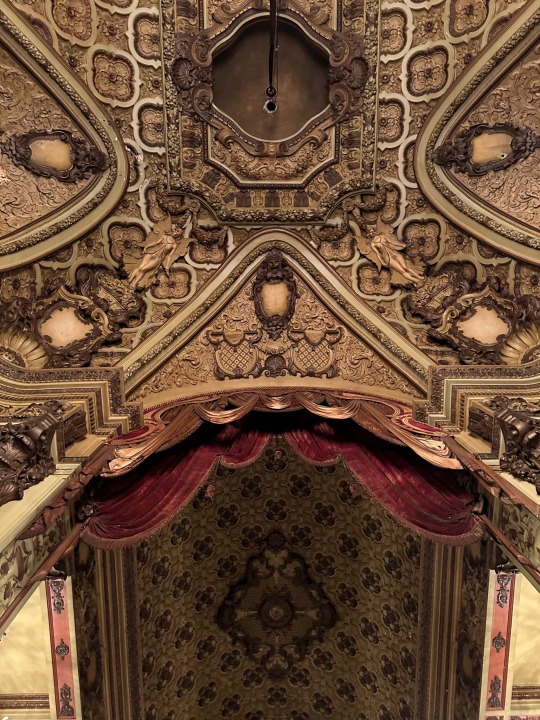
Ceiling details from the Los Angeles theater.
#beaux arts#dark academia#antique aesthetic#beaux arts architecture#historic architecture#baroque academia#baroque architecture#baroque revival#late baroque#baroque aesthetic#vintage aesthetic#1920s aesthetic#mine
288 notes
·
View notes
Text







rococo art
#art#artist#painting#oil on canvas#rococo#neoclassicism#rococo art#rococo aesthetic#late baroque#dramatical#pastel colors#1730s#style rocaille#rocaille
11 notes
·
View notes
Text

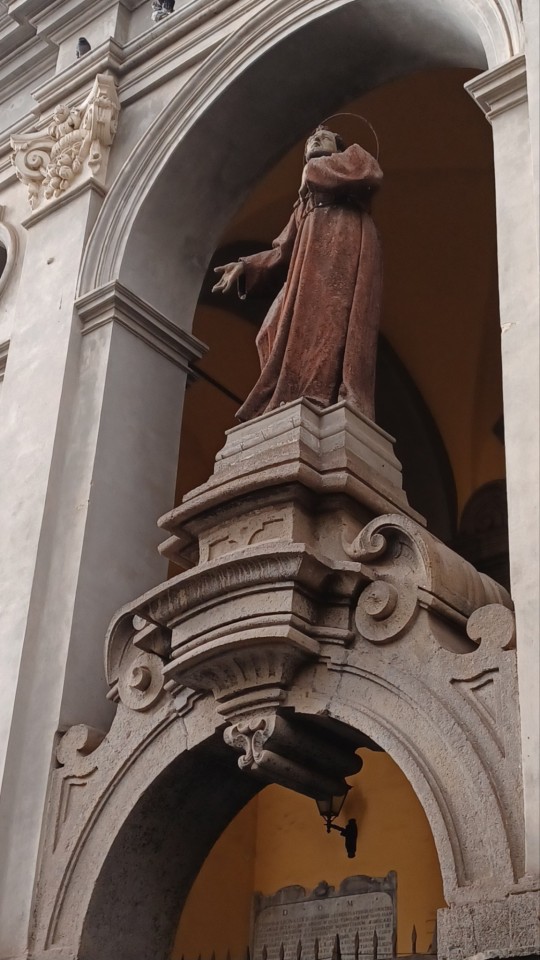
Giovan Battista Nauclerio, Chiesa di San Francesco degli Scarioni (1704), Chiaia, Napoli.
42 notes
·
View notes
Text





Copenhagen (2) (3) (4) (5) by Valter Morais
Via Flickr:
(1) Frederik's Church (3) Circle Bridge (4) City Hall Square (5) Caritas Fountain by Statius Otto
#churches#cloudy#rococo architecture#late baroque#buildings#waterfront#bridges#roaming the streets#people#city life#fountain#denmark#copenhagen
3 notes
·
View notes